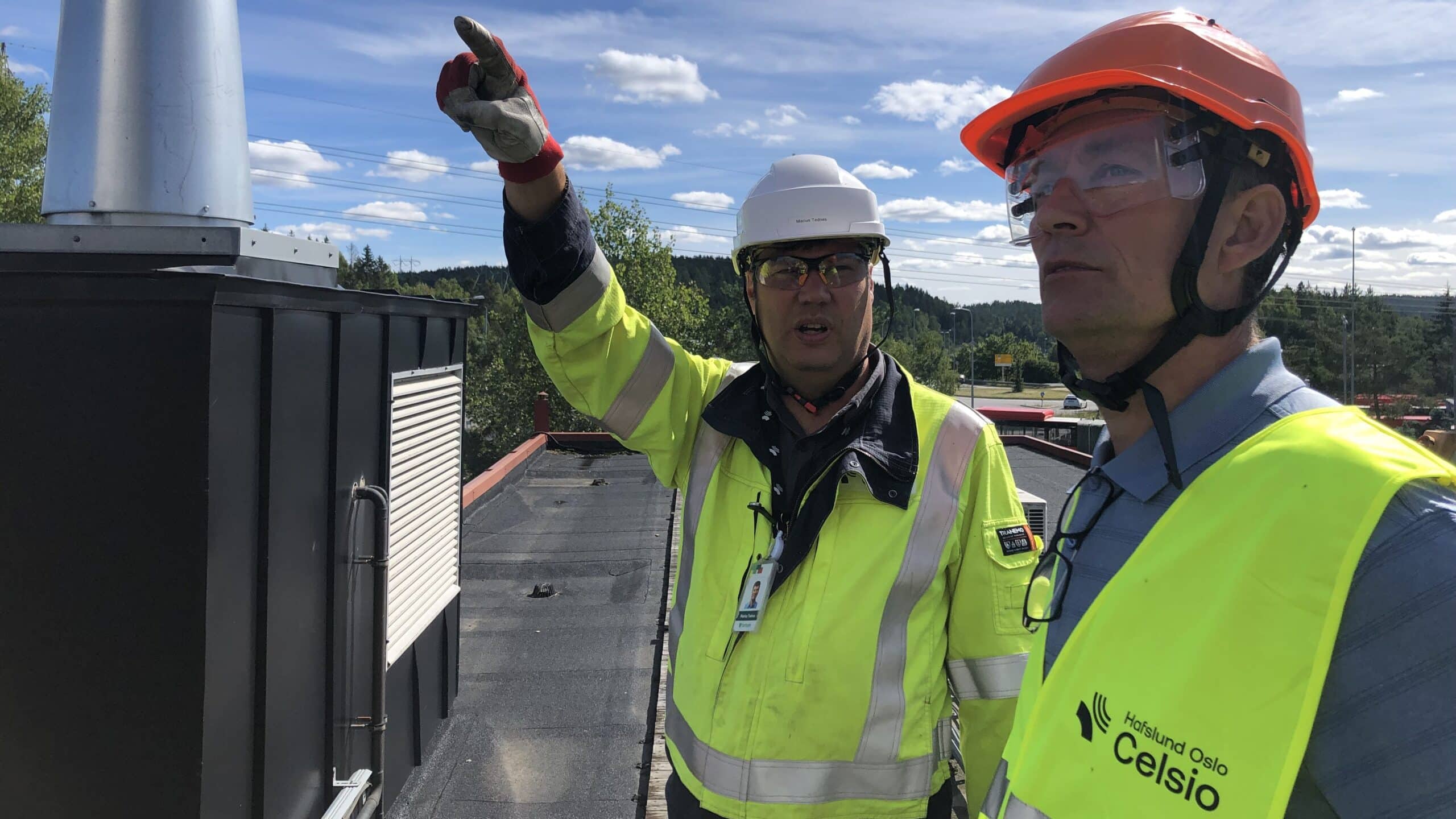
Introduction
Manual: CCS for waste incineration
This manual is brought to you by KAN - Climate cure for waste incineration in Norway - which consists of eight Norwegian waste incineration plants: BIR Ressurs, Forus Energigjenvinning, Hafslund Celsio, Returkraft, Statkraft Varme, FREVAR, Eidsiva bioenergi and SAREN Energy. Since late autumn 2020, the partners have met regularly and shared knowledge and experience around their CCS projects. This knowledge has now been gathered in this manual with the aim that it can be an aid/guide for other waste incineration plants that are planning to start a CCS project, or plants that already have ongoing CCS projects.
Ensures good waste management
Waste incineration plants have an important role in society, as they contribute to safe and environmentally friendly final treatment of waste that cannot, or should, be recycled. Through this management, pollutants are removed from the cycle and surplus goods – but recycled – into district heating and electricity production.
CCS is important for reaching climate goals
Management of CO2 emissions from waste generation can be done by establishing carbon capture and storage (CCS). Using technology, the CO2 is captured, liquefied, and transported to permanent storage. CCS has been identified by the Intergovernmental Panel on Climate Change and the EU as necessary to achieve global climate goals.
CCS projects are time-consuming and resource-intensive
The partners in KAN all have activities related to CCS, and several of the same challenges. For example, CCS projects are very time-consuming and resource-intensive, and support from policy instruments is indispensable. For early project phases where idea and feasibility studies are carried out, there are support programs, but in later project phases the opportunities are few. In order to ensure maturation of projects until other incentives and instruments are in place, KAN believes that support program must be established that cover the entire conceptual maturation process up to and including main studies.
«KAN Referansa»
An important choice in any CCS project is the choice of capture technology, and in order to assess which CO2 capture technologies are suitable for waste incineration, KAN has developed a reference plant "KAN Referansa". This is the basis for assessing possible smart integration solutions.
Transport and intermediate storage
In this manual, transport and intermediate storage studies, which the partners in KAN and others have reimplemented, have been compared. Common to the studies that have been looked at is that transport of CO2 in the liquid phase on trucks has come out on top. The way in which this is done, and how costs are calculated, is described in more detail in the chapter "Transport and intermediate storage". One tip here is to initiate dialogue with other facilities at an early stage, to assess the possibilities for common transport and intermediate storage solutions. This can provide important cost savings. The study has also shown that it is important to establish an early dialogue with those who will take the CO2 from intermediate storage to storage.
Permanent storage of CO2
Finally, the handbook provides an overview of ten storage options considered geographically available for waste incineration plants in Norway and focuses on storage sites that will be operational in the period 2028 – 2030.